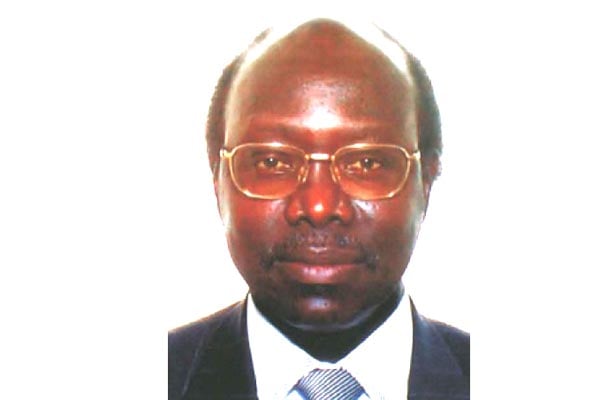Prime
Some lessons for UPC from KANU of Kenya

Author: Harold Acemah. PHOTO/FILE
What you need to know:
- Mr Harold Acemah says: I fear NRM is moving in that dangerous direction
Uganda Peoples Congress (UPC), the second oldest Ugandan political party, and Kenya African National Union (KANU) are age mates and in some aspects soul mates.
The two independence political parties of East Africa were founded in 1960 by nationalists and pan-Africanists. UPC was born on March 9, 1960, while KANU was launched on May 14, 1960, which means that KANU and UPC are 61 years old this year.
KANU and UPC, which were once mighty political parties, are today like toothless bulldogs which can neither bark nor bite or as a friend humorously told me recently, they are the opposite of kuku ngbendu wa zabanga which loosely means a rooster which only crows occasionally, but cannot perform its primary role anymore.
Both KANU and UPC are now relatively minor parties sitting on Opposition benches in Parliament which our Kenyan brothers and sisters call Bunge.
How did two powerful political parties land on such arid, difficult and unpleasant terrain? What lessons can UPC learn from KANU, which is currently led by Senator Gideon Moi, son of the indefatigable President Daniel arap Moi (RIP) who passed on last year at 95 years old!
Politics of intrigue and infighting
Except for CCM, formerly TANU of Tanzania, all the independence political parties of East and Central Africa are today either in Opposition or dead and buried. Like NRM of Uganda, KANU under Daniel arap Moi was so arrogant, insensitive and powerful that the party was fused and merged with the State of Kenya.
During its heyday, KANU’s party anthem titled, Oh, Oh, Kanu yajenga nchi was used by Kenya’s national broadcaster, Voice of Kenya (KBC) as a signature tune for its news bulletins. KANU’s colours and symbol (a rooster) are featured in Kenya’s Coat of Arms and national flag.
In 1986, when NRA guerillas violently grabbed power in Uganda, Moi had the audacity to declare publicly that KANU was above the government, judiciary and parliament of Kenya.
I fear NRM is moving in that dangerous direction. State House, which is fully funded by Uganda’s taxpayers and belongs to all Ugandans, has more or less become a party office of the NRM party, which I am informed, could be funded predominantly by the government of Uganda. During the two UPC administrations, in the 1960s and 1980s, no UPC party event was ever held by President Milton Obote at State House, Entebbe. All party functions took place at UPC headquarters located at Uganda House on Kampala Road.
The factors which weakened KANU and eventually consigned it to the Opposition benches were present right from the origins of the party in the late 1950s, but especially in the 1960s. Like UPC, infighting within KANU is a hallmark of the party.
The struggle for leadership of KANU pitted Jaramogi Oginga Odinga against the flamboyant and elegant Tom Mboya, both of whom hailed from the Luo ethnic group of western Kenya, and the Kiambu group of Kikuyu politicians from central Kenya.
Jaramogi Oginga Odinga is father of former Kenyan prime minister Raila Odinga. While Tom Mboya was favoured and funded by the British and Americans, Jaramogi was preferred by the communist countries.
Mboya’s assassination in broad daylight in Nairobi on July 5, 1969, was a tragic culmination of intrigue and bitter power struggle within KANU for leadership. Mboya was minister of Planning and Economic Development and a likely successor to president Jomo Kenyatta who was leader of KANU.
One of the lessons UPC must learn from KANU is that endless, meaningless and useless intra-party bickering, quarrels and conflicts are bad for building party cohesion and for growth of a political party and must be avoided at all costs.
The sooner UPC unites and puts an end to factionalism and infighting the better for the party and the people of Uganda. Aluta continua!
Mr Acemah is a political scientist and retired career diplomat.
[email protected]


